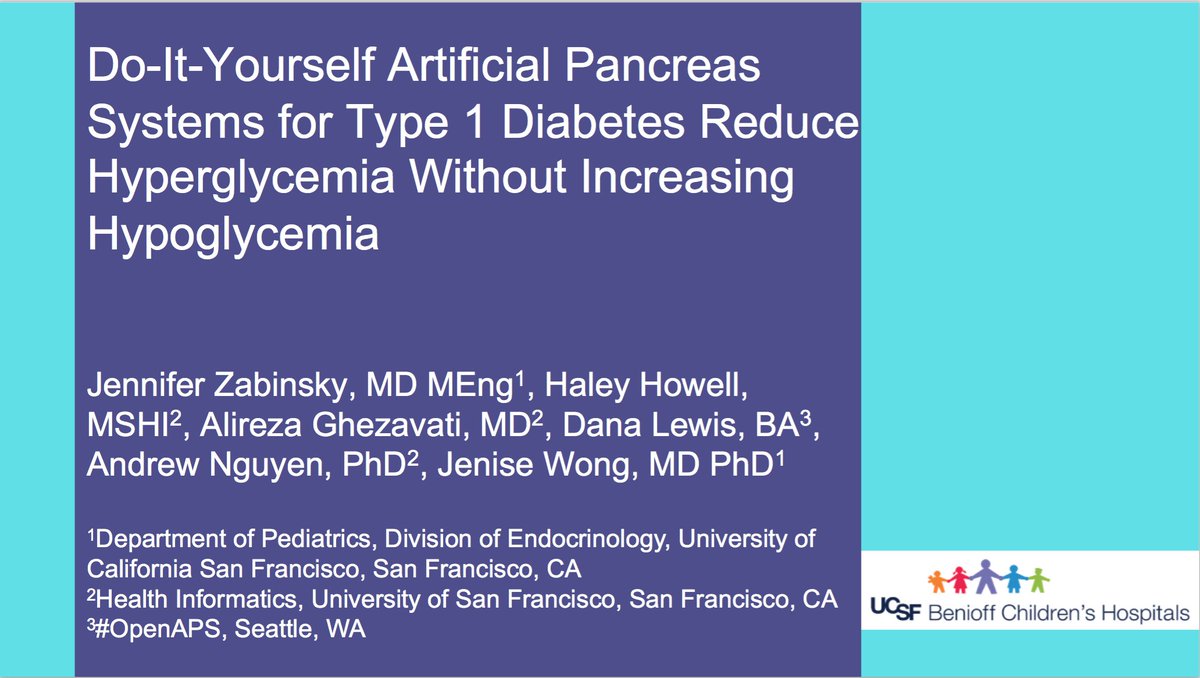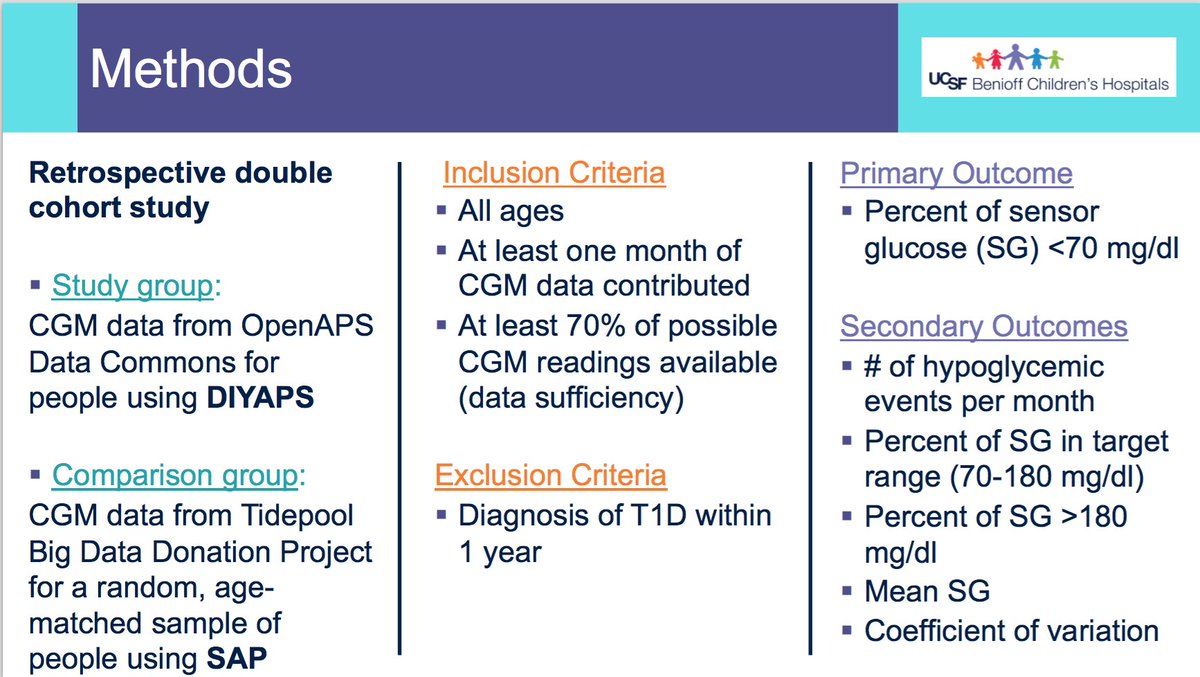What’s the latest on #CoEpi (@CoEpiApp) and what do we think about the latest @Apple and @Google announcement?
THREAD:
THREAD:
Today, @Apple and @Google announced they would release APIs that enable interoperability between Android and iOS devices using apps from public health authorities.
https://twitter.com/tim_cook/status/1248657931433693184?s=20
This is great news. @CoEpiApp, & other apps working in this space, have been working to build new Bluetooth libraries to enable phones to anonymously detect and log interactions with each other,regardless of whether those interactions are iOS-iOS, Android-Android, or iOS-Android.
#CoEpi has been working on the Bluetooth libraries for several weeks, along with determining the decentralized, privacy-first methods for generating an anonymous, secure log of the phones’ interactions.
This method developed by #CoEpi in collaboration with others was originally the CEN (contact event number) protocol, now known as TCN (temporary contact number) protocol, and adopted by several apps and organizations this week under @TCNCoalition umbrella: github.com/TCNCoalition/T…
@Apple and @Google tackling interoperable API’s is a great step: this means each app does not have to stumble upon our shared Bluetooth library or recreate the wheels themselves on solving Bluetooth-related problems. This is a fundamental building block for apps like #CoEpi.
We look forward to supporting @Apple and @Google in their efforts to develop these API’s, while still building #CoEpi - an end-user focused app that protects privacy and allows anonymous symptom logging and sharing.
PS - if you’re interested in testing an early version of #CoEpi, you can add your email to the list at forms.gle/MLeKz9nerPvX8f…, and learn more about #CoEpi and our privacy model and other details of our vision at CoEpi.org
• • •
Missing some Tweet in this thread? You can try to
force a refresh










